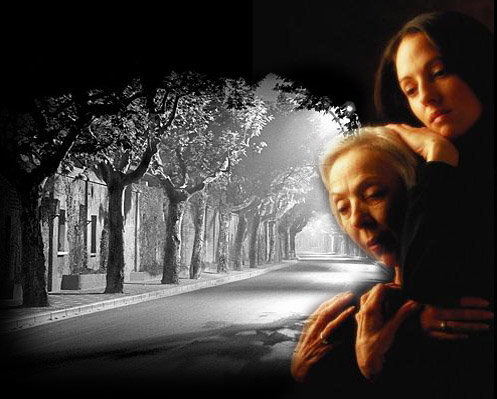| PARKINSON"S DISEASE AWARENESS AND EDUCATION | |
....The Parkinson's Journey ....and The Help Along the Way
|
|
...No one knew how long Raquel had been hiding her symptoms. She was afraid of what was happening, since she had seen her brother and sister experience the same physical changes. When it was no longer possible to hide her symptoms, Raquel decided to make an appointment with her primary care doctor. Her doctor referred her to a Neurologist, a doctor that specializes in movement disorders; and when the doctor saw Raquel’s shaking tremor, he confirmed that she had Parkinson’s disease. Parkinson’s physical symptoms include resting Tremor (shaking of hands or feet), rigidity of the spine, slow movements and development of a stooped posture. ...After Raquel was diagnosed, she became embarrassed about letting others know what she was going through, so only family members knew she had the disease. Raquel became depressed about her prospects, which is fairly common following a Parkinson’s diagnosis. Parkinson’s disease is caused by a lack of a substance in the brain called dopamine, which results in brain signals not working properly and telling the body when to move. ...While Parkinson’s does not kill you, it has long-term, chronic physical symptoms that can interfere with regular life. Raquel began to take the prescription medications, and initially her physical symptom improved. After several years, she began to experience, what is called a wearing-off effect where she lost the beneficial effect of medications and experienced shorter periods of relief from her symptoms. ...After 8 years, Raquel’s tremors returned, and she began to experience additional symptoms such as moments of freezing (where her legs would not respond) and at times would imagine she saw things that were not there. Raquel’s symptoms kept getting worse, and her family became very worried about her. ...Her grand-daughter offered to help by searching on the computer; and she discovered a hopeful solution called Deep Brain Stimulation (DBS). This procedure uses a small device similar to a pacemaker to stimulate the effected area of ones brain and to reduce the Parkinson’s symptoms. When Raquel asked her Neurologist if she was a good candidate for this procedure, he referred her to a Neuro-surgeon who helped explain the procedure and some risks involved for all patients. ...Raquel and her daughter had many questions, and became anxious about being able to convey all this information to other family members. Some of the family were very concerned about brain surgery, and if it would change Raquel into someone else. Despite some family member’s concerns, Raquel decided that the surgery was an important way to remain independent and manage her physical limitations for a longer period of time. ...Following the surgery, Raquel and her family saw significant improvement in her ability to move and manage her Parkinson’s symptoms within one year after DBS; and after 5 years, the disease continues to progress, but at a slower rate. ...Raquel’s success became very apparent when the DBS pacemaker accidentally turned off; almost immediately her tremors came back and were uncontrollable. These symptoms, which she had not experienced for years, stopped when the pacemaker was turned back on. ...Today Raquel still has ups and downs in managing her Parkinson’s symptoms, but with medications, the DBS surgery her family’s support, she has remained fairly independent. Raquel and her family would like all families affected by Parkinson’s to know how important it is to get diagnosed earlier, so they can benefit from new medications and surgical procedures. To learn more about Parkinson’s disease management, support groups and local Parkinson’s Disease Association of San Diego 1-877-737-7576 or go to the website at www.pdasd.org. You can also receive assistance in Spanish by asking for Flora. |
|
|
|
|
|
Bienvenido a la primer revista dedicada al cuidado de la salud
 info
info
The first, the best & the only English & Spanish Magazine in San Diego, California
|

 community resources to help along your journey, please contact
community resources to help along your journey, please contact